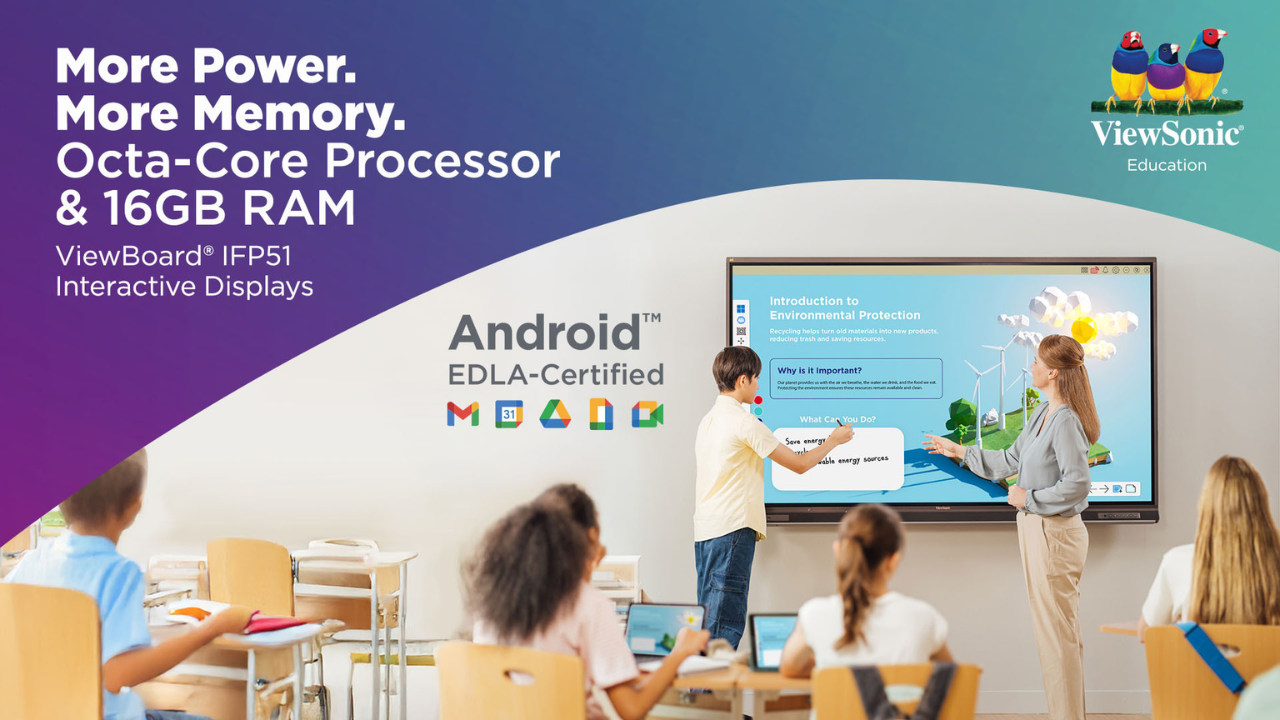DIGITAL EQUITY: “A MORAL IMPERATIVE”: PART 2
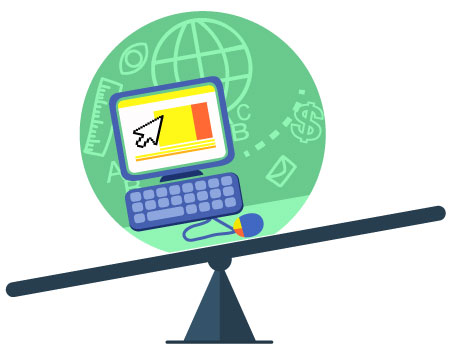
Connectivity is part of the fiber of our lives and most of us can’t imagine what we did before we had 24/7 access, much less what it must be like for the 60 million Americans without home Internet access. Many of these are students, and a disproportionate number of them are from low-income households—and especially Black and Hispanic ones. While they may be connected at school, they go home (some of them with their 1:1 devices) to a digital desert where they have no access to the knowledge and information that are a vital part of 21st-century education.
Since the first part of this series was published last month, the FCC has modernized and reformed its Lifeline program to help low-income consumers afford Internet access. New provisions will ensure minimum standards and encourage competitive service options that will increase availability and consumer choice. In addition, the establishment of a third-party National Eligibility Verifier will help to deter abuse and boost provider participation.
While these stories of educators fighting for digital equity are as unique as their contexts, the common factors are determination, urgency, and creativity. Ultimately connectivity is not just about the tech—it’s about being connected with each other. Below is Part 2 of Tech & Learning’s three-part series on this topic.
A participant at ConnectHome in Little Rock (AR) displays her certificate of achievement.
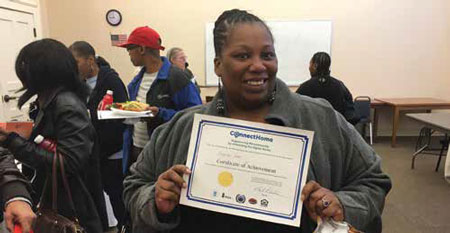
EVERYONE MEANS EVERYONE
EXTRAORDINARY STUDENTS, EXTRAORDINARY MEANS
Two years ago, Darriale Bradley was a high-school sophomore with no home Internet access. After school, this motivated student from Macon (GA) would take a bus to McDonald’s, buy something from the dollar menu, and do her homework. When she was asked to leave, she’d take a bus to the next McDonald’s. “I’m lucky,” she says, “because I have money to buy something. My friends who don’t sit in McDonald’s parking lots doing homework until they’re kicked out for loitering.”
Tools and ideas to transform education. Sign up below.
ONE IN 60 MILLION
EveryoneOn CEO Chike Aguh (l.) and participants at ConnectHome in Choctaw.
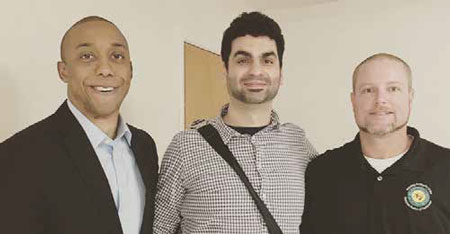
Darriale is just one of millions. What if there were a one-stop hub where the 60 million unconnected Americans could enter their zip codes and access offers in their area for affordable wi-fi and devices? And what if that hub also offered training and support, both online and on the ground, through a network of partner organizations working together to change lives through providing affordable Internet access?
Since 2013, EveryoneOn has been that hub, working tirelessly with Internet providers, schools, community organizations, and partners in the public and private sectors to make “EveryoneOn” a reality. Thus far, says CEO Chike Aguh, they’ve connected almost 200,000 families and counting and are collaborating with the U.S. Department of Housing and Urban Development on the ConnectHome pilot to begin attacking the digital divide in public housing in 28 communities nationwide. EveryoneOn is a great resource for schools and districts that want to help all their students to have home access.
FREE ACCESS FOR STUDENTS
As part of the ConnectED initiative, Sprint has committed to providing high-speed wireless broadband service for up to 50,000 students at schools across the country over the next four years. Districts can apply to Sprint to purchase these hotspots (for $100 each or less, or about $2/month) for their students. While Aguh recognizes that funding is always an issue for this kind of upfront cost, he emphasizes that this offer is unbeatable and the clock is ticking. For more information go to everyoneon.org or email Aguh at chike@everyoneon.org.
Thanks to EveryoneOn, Darriale Bradley and her family, and thousands like her, no longer have to go to extraordinary lengths to log on—something most of us take for granted. But for every student who’s connected there are many more who aren’t. “We have to be creative and committed to close the last mile,” Aguh says.
SUCCESS2
An MC2STEM tenth grader assembles a scale model of a display to show the history and evolution of the bicycle.

What happens when high-school students from one of the country’s most economically challenged school districts gain access not only to technology but also to personalized, hands-on, trans-disciplinary, and project-based teaching and learning, as well as internships, Fab Labs, and classes at business and school sites and college campuses?
One student, who two years ago was an eighth-grader living in a home going into foreclosure, has learned Chinese, leads the robotics team, invents in the Fab Lab after hours, and is excited for a bright future. Another traveled to Peru as one of the youngest students to attend MIT’s International Fab Lab convention and is now a trainer and technology consultant for Fab Lab. Yet another owns his own 3D printing business and is working on child prosthetics. A young hacker, after researching how hacking could be a political and social change agent, started a club with his peers to build and design programs.
AN AWARD-WINNING SCHOOL WITH NINE-YEAR-OLD COMPUTERS
An MC2STEM tenth grader uses a Dell Latitude 3150 to research the function of bicycle handlebars.
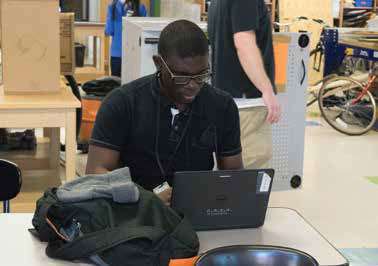
The school these students attend, MC2STEM, is a 2015 recipient of the Alliance for Excellent Education’s Excellence and Innovation in Secondary Schools award and part of the Cleveland (OH) Metropolitan School District. All 420 students, who are admitted by lottery, are eligible for free or reduced-price meals. While in 2011 the average high-school graduation rate in the district was just 60 percent, MC2STEM consistently graduates more than 90 percent of its largely African American student population.
How do they do it? They partner with businesses and the community, make the most of what they have, and integrate challenges as “part of the curriculum.” As head of school Feowyn MacKinnon says, “we help mold students capable of solving problems that exist.” She notes that “technology, knowledge, and understanding advance at a pace impossible for even the wealthiest students to keep up with; however, it remains a larger problem for those in under-funded schools and districts.”
NECESSITY IS THE MOTHER OF INVENTION

When computers don’t work, MacKinnon says, “we let 120 juniors take them apart, put them together again, and make them better!” MC2STEM may not have the latest and greatest technology, but “Every business and college in Cleveland is willing to give us access,” MacKinnon says, because “we’re training their future innovators.” When kids don’t have access at home, the school keeps its doors open year round and on weekends.
“When it comes to digital equity,�� she adds, “the only way to keep up is to be the people that create the changes. … Technology and innovation are the keys to keeping our kids coming through those doors, and the tools that will allow them to exit those doors prepared for what’s next!”
A VISION
Elementary students in the HMC-1 Compass program receive their iPads.
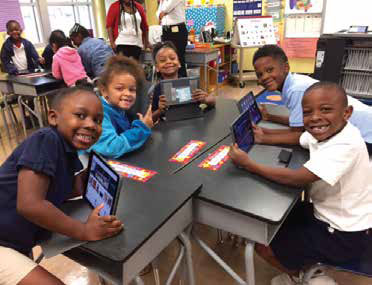
Dennis Carpenter, superintendent of the Hickman Mills C-1 School District (HMC-1) in Kansas City (MO) has a vision of his community, “regardless of its current distinction of being underserved and under-resourced, becoming a place where both students and families have access to the technological infrastructure, hardware, and software systems necessary to effectively prepare to participate in the high-tech jobs … located within our disenfranchised community.” But, he adds, “this will require an amount of political will that dwarfs that which the school district can muster up alone.”
A JOURNEY
The district sees the movement towards digital equity as a journey. An aggressive district plan is working towards supplying one device for every two elementary school students and 1:1 devices for secondary school students (this plan will be fully implemented at the start of next year). Such initiatives, made possible in part by an Apple ConnectED grant, are “significantly enhancing” the learning of all 6,380 students. But Carpenter is disturbed that state-level assessments “presume the digital starting point is the same for all students in all districts” and that they “are now silently measuring technological proficiency, and more disturbingly, a student’s access to technology.”
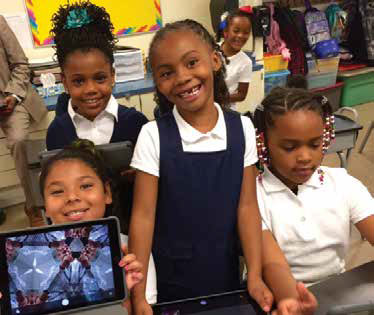
A GLIMPSE OF WHAT EQUITY COULD LOOK LIKE
As part of Compass, an in-district school choice program at two HMC-1 elementary schools, students receive iPads and focus on project-based learning and STEAM. After just one semester, these students have the highest math and reading scores, the best attendance, and the fewest instances of out-of-school suspension in the district. Why? Because, as both students and parents say, they’re “more engaged in their learning.” Carpenter reports plans to expand this program in the coming year.
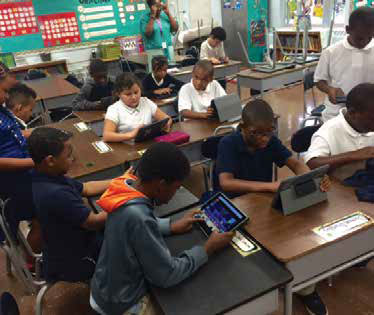
Carpenter urges other district leaders to advocate for students who are “marginalized due to digital inequity” and to provide support for “the process of ensuring greater equity.”
Click here to read Part 1 and here to read Part 3 in this series.
